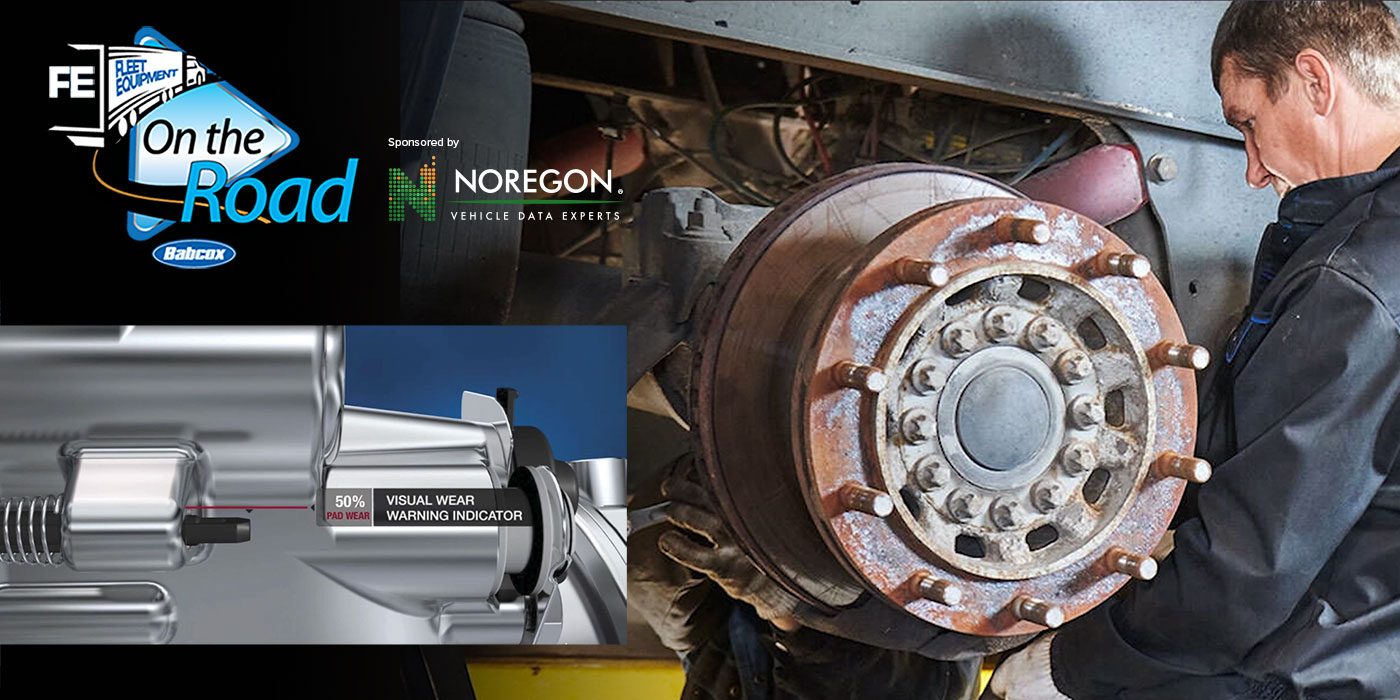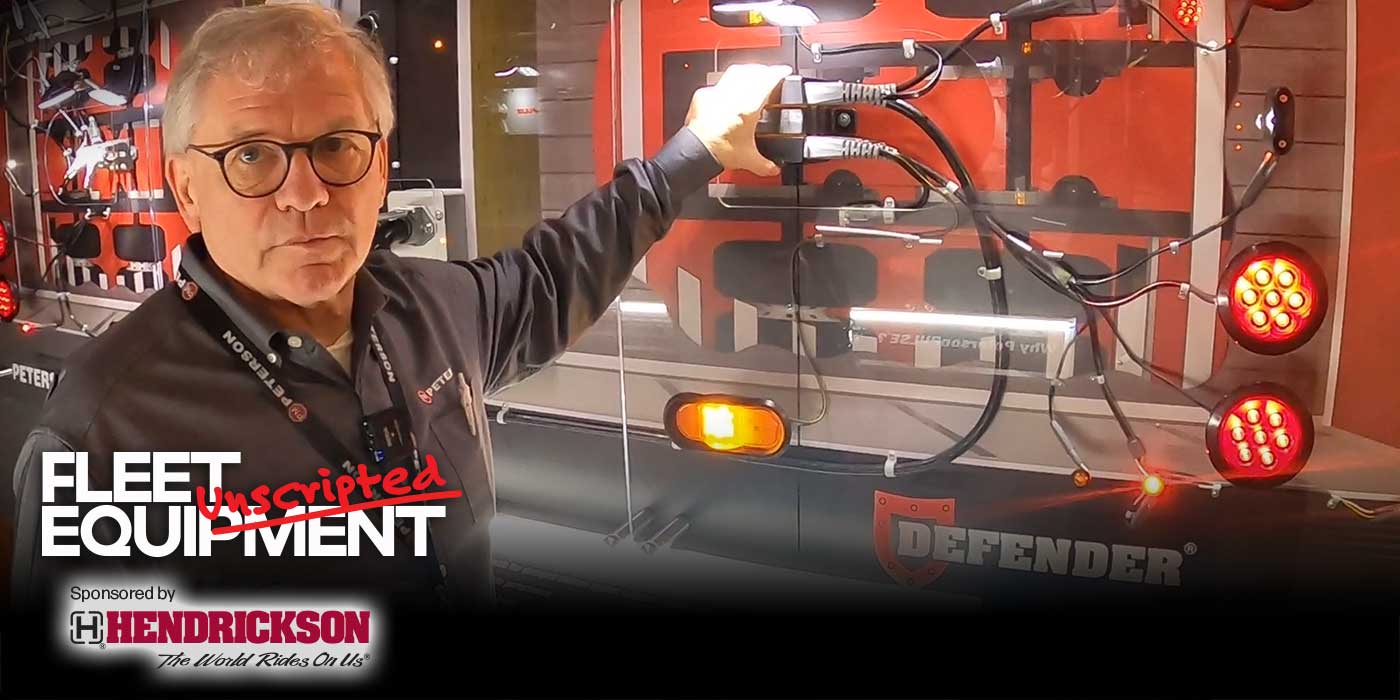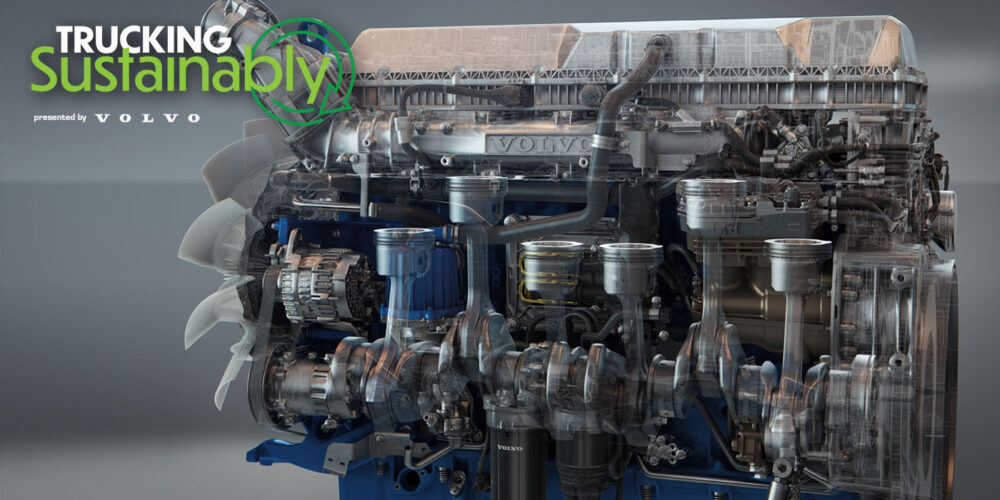There are few topics as divisive as the use of cameras in trucking, but both outward-facing cameras and in-cab video recording technology has come a long way over the years.
A big part of using driver-facing cameras to your best advantage boils down to encouraging and working with the drivers rather than against them.
Click here to watch more of FE’s On the Road video series.
Here is a transcript of the video:
Every conversation with every fleet about running trucks eventually turns to the continued battle to recruit and retain drivers.
Today’s people management conversation revolves around buzzy words like emotional intelligence, which basically boils down to empathy, encouragement and working with the drivers rather than against them. The equipment you spec plays a large role in that conversation—from sleeper cab creature comforts and reward trucks to the latest in video telematics.
Yes, it’s still a divisive topic, but both outward-facing cameras and in-cab video recording technology has come a long way over the years in flipping its divisiveness into an advantage for some fleets. A big part of this is because cameras clearly show one of the most important ideas to remember for any fleet, big or small: driving a truck is a lot more complex than drivers are given credit!
Think about it: Let’s say you get a report that a driver has had 10 harsh braking incidents in a week. Without video, that’s really all you’d get from a black or white spreadsheet or dashboard. This could lead to a conversation with the driver that is wrought with emotional reactions, incomplete data and unreliable recollections. With video showing what happened, you could see that two of those incidents were traffic congestion related, two were weather related and three saved equipment and possibly lives. That’s a much different conversation.
Harsh braking reports are a one-dimensional data point. Drivers are reacting to a lot of different things they face on the road. Video can focus the conversation from correcting driver behavior, to building a culture of safety within a fleet.
That starts with transparency with your drivers. If you’re looking to spec in-cab video, you’ll want to bring your driver managers and the drivers themselves into the conversation as early as you can.
Trust and transparency go hand-in-hand, and the needed level of transparency has increased with video adoption. Drivers are going to ask more complex questions: What are you seeing? Where are you storing the video? How long are you storing it? How are you going to use it? Those are all reasonable questions that a fleet manager should be prepared to answer.
It’s up to the fleet to demonstrate not only the value and benefits of the video solution, but also the mechanics of the technology—how it works and how they’ll be interacting with it.
Working with your in-cab video supplier is going to be key to not only answering these questions, but in also getting all the value you can out of your chosen solution and bringing your drivers along on that ROI journey.













